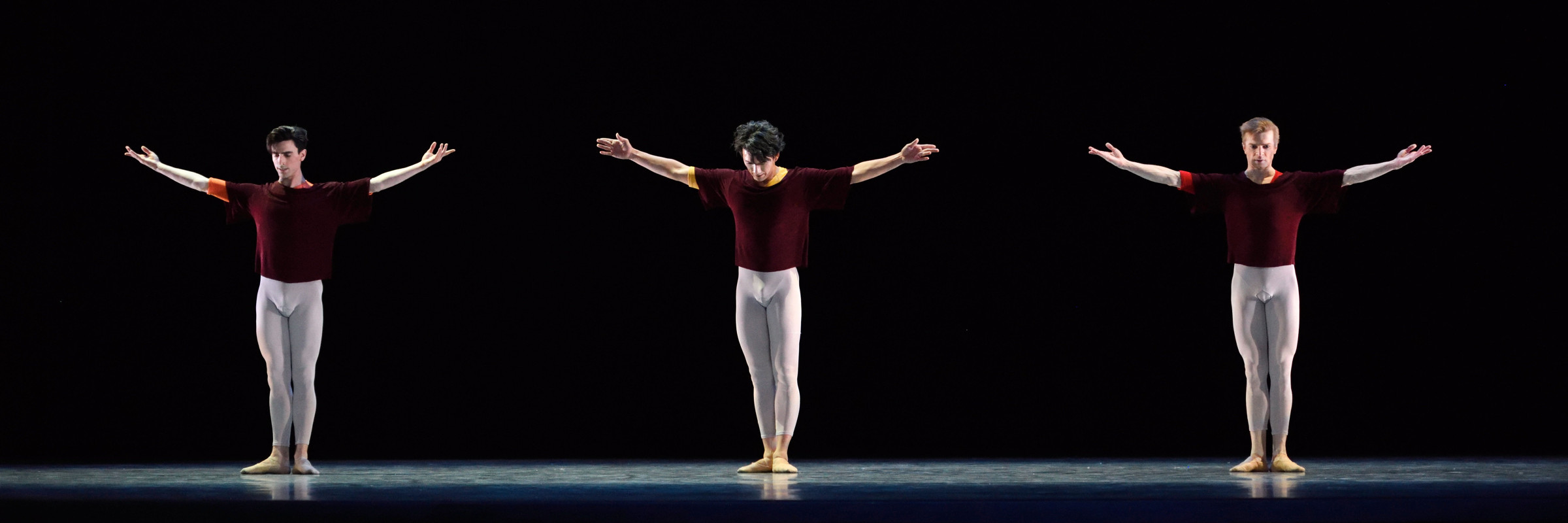What to Expect from Hans van Manen
A Deep Dive on his Signature Style
We sat down with longtime collaborator and stager of van Manen’s works, Rachel Beaujean, who shared her insights on each ballet we’re bringing to this stage.

Grosse Fuge
Premiered in 1971 at Nederlands Dans Theater, it is celebrated for its raw physicality and exploration of gender roles and power dynamics through bold, minimalist choreography.
Grosse Fuge was the first time that we saw the stage completely white: white wings, floor, backdrop, and neon lights in the back. This was very groundbreaking for its time. It became a masterpiece.
Beethoven is very difficult music for ballet, but Hans was interested in the fugue and having this repetition in the music. It’s a very academic piece in the sense that the formations are very clear. You have a dance of the men, and a dance of the women. They dance for each other, then with each other. And at the end it comes together as a harmony of understanding where we are in this world, that we’re all together and that we have to stick together.
Variations for Two Couples
A sleek, elegant piece that highlights van Manen’s signature style—precise, refined, and emotionally nuanced. The choreography offers an exploration of relationships, balance, and symmetry, and exemplifies van Manen’s focus on human dynamics and his masterful use of space and musicality.
He created this ballet when he was quite a bit older, and he made it for four principal dancers [at the Dutch National Ballet in 2012]. It’s a very subdued piece, where everything that he ever did comes together in a very sophisticated way.
It’s all about the relationships between the two couples. It’s a very mysterious piece. It doesn’t need a lot of explanation, when you watch it will take you on a long trip.
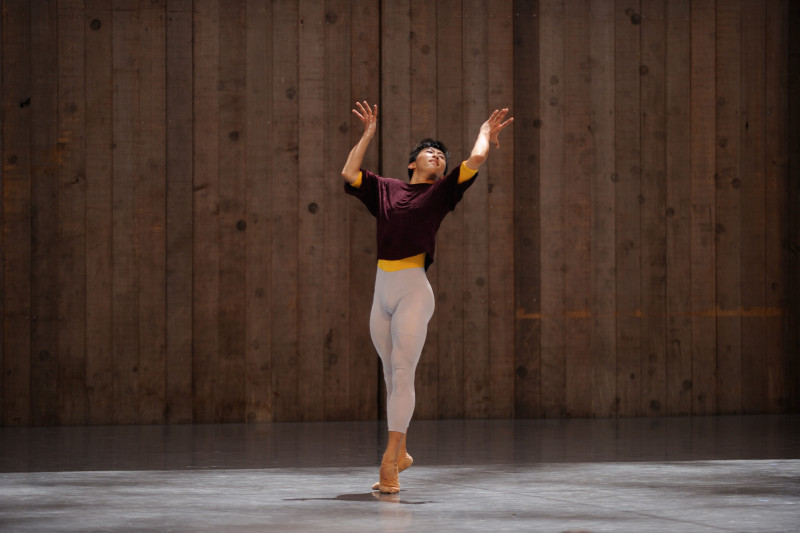
Solo
A fast-paced and virtuosic ballet, it demands both athleticism and precision. Van Manen employs the structure of Bach’s music to create an intricate, energetic work that explores themes of individuality and personal expression.
Solo is very virtuoso, very grounded and super fast. At the very first rehearsal, nobody can do it, it’s a mad little marathon. It’s very stylized and minimalistic and all that, but it’s also tongue in cheek. He uses gestures that we use in daily life, so it becomes relatable. That’s also the fun part, even if you don’t know ballet or if you’ve never been to the ballet, you can still understand what he’s doing. That’s also one of his genius strengths.
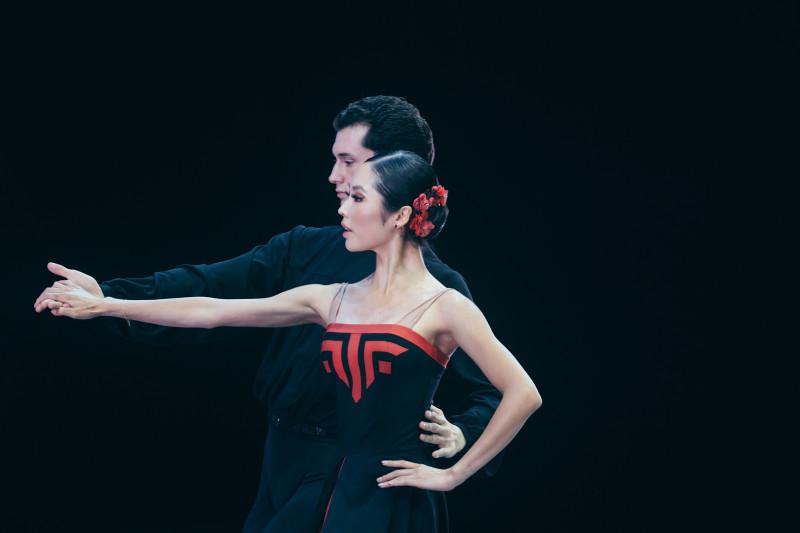
5 Tango’s
Set to the music of Argentine composer Astor Piazzolla, it fuses the intensity and passion of traditional tango with the structure and precision of classical ballet. Through five distinct movements, van Manen captures the sultry rhythms and dramatic flair of the tango while maintaining his signature minimalist style.
First of all, 5 Tango’s is very special because of the music of Astor Piazzolla. Now he’s very famous and used a lot in ballet, however it was Hans who discovered him for ballet. And at the time when Piazzolla was still alive, he came and saw the ballet. He was so honored that Hans had made this ballet to his music.
I don’t know how to explain it, but when you watch it, it’s a very stylized form of tango, very sophisticated and at the same time it’s daring, fun, and sensual. It’s not just a display of fun steps. There’s always a meaning to his work.
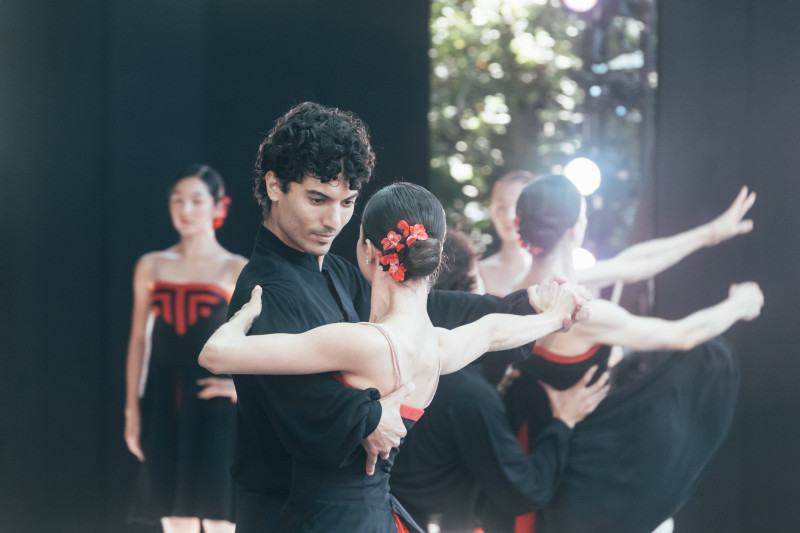
What do you hope our audiences will come away with after seeing this program?
I think they will leave with a feeling of comfort, like it’s okay to be whoever you are. That there are possibilities, and that there’s hope. It’s a fun night to attend because you see a hell of a lot of dancing. Good dancing, fun dancing. It’s not highbrow, it’s very accessible. At the same time, it’s very sophisticated.
The fact that he is very interested in the emancipation of people will resonate well here because San Francisco is a city that has always done that. I hope everybody comes in and just enjoys it. San Francisco is a perfect place to share these ballets.

